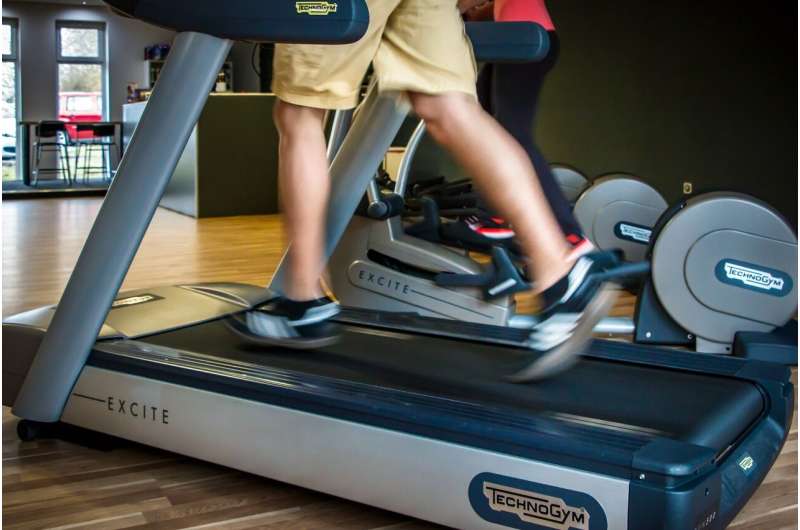
Cardiopulmonary exercise testing (CPET) can detect underlying early signs of cardiovascular problems in asymptomatic pediatric cancer survivors that other types of monitoring cannot, according to a study led by Nemours Children’s Health, published in the journal Pediatric Cardiology. The findings are vital for hundreds of thousands of people in the U.S. who have survived childhood cancer but face increased risk for serious cardiovascular disorders in middle age.
“Historically, we have sought to cure children of cancer so they can survive to adulthood, which is rightly seen as a great victory,” said lead author Takeshi Tsuda, MD, a pediatric cardiologist at Nemours Children’s Health, Delaware. “But, with these successes, we must now shift our focus to help more of these survivors achieve typical longevity.”
Remarkable progress against pediatric cancer has meant that nearly 80% of patients now survive into adulthood, cancer-free. However, in middle age, many experience serious cardiovascular complications that limit their life expectancy by as much as 20 to 30 years compared to people who never contracted childhood cancer.
“This may be a just one example of the premature aging process we see in the cardiovascular and other organ systems of childhood cancer survivors,” Tsuda noted. “This is an important, emerging area of pediatric care and research aimed at helping pediatric cancer survivors lead full, healthy adult lives.”
This retrospective, single-center study found that a new exercise-testing approach, combining a patient’s peak and submaximal exercise parameters, was able to identify multiple factors behind poor exercise performance in pediatric cancer survivors. This method proved to be an effective, noninvasive way to detect asymptomatic cardiovascular abnormalities in this population.
“Our results suggest that this simple, new exercise-testing method may be an important tool for gauging cardiovascular risk in those who survive pediatric cancer,” Tsuda said. “It should be used more routinely in monitoring these patients before any symptoms appear, given its ability to find subtle warning signs that are missed by standard means of testing.”
Researchers describe their Two-Dimensional CPET Analysis, which assesses exercise data through a combination of peak and submaximal parameters simultaneously. They analyzed the records of 53 pediatric cancer survivors who had received anthracycline for chemotherapy and had normal echocardiograms (ultrasound), compared with a healthy control group of 60 individuals matched with the survivor group for age, sex, and weight. The survivor group was diverse in terms of their primary cancer diagnosis, treatment (cumulative dosage of anthracycline, radiation, and/or bone marrow transplant), age at diagnosis, years since remission, and baseline physical activity level.
Values for peak exercise performance were significantly lower in cancer survivors than in controls. Survivors also had significantly higher peak respiratory exchange ratios (CO2 produced compared to oxygen consumed) and lower stroke volume reserves (amount of blood pumped out of the left ventricle at peak exercise intensity, compared to rest), suggesting a fundamental problem in oxygen utilization.
Conventionally, peak exercise-testing parameters have been considered a gold standard for assessing cardiac reserve, but their value may be limited when patients cannot reach maximal exercise status. However, submaximal CPET data representing dynamic responses to mild to moderate exercise may be able to help fill the gap, researchers said.
The authors note that reduced peak oxygen delivery/consumption is likely to be a central factor among pediatric cancer survivors, regardless of identifiable ventricular dysfunction, underscoring the critical importance of CPET in risk-stratifying asymptomatic survivors.
“We believe CPET is an excellent surveillance modality to screen those people at risk for future cardiovascular disease. However, most of the current published clinical guidelines do not acknowledge the significance of CPET as a screening tool,” Tsuda said. “Moving forward, we need to advocate for the use of CPET in a clinical setting, challenging the current paradigm.”
The authors note that further research is needed to confirm whether CPET-detected abnormalities in childhood or adolescence can predict serious cardiovascular complications in adulthood, decades after the completion of cancer treatment.
Nemours Children’s Health System

